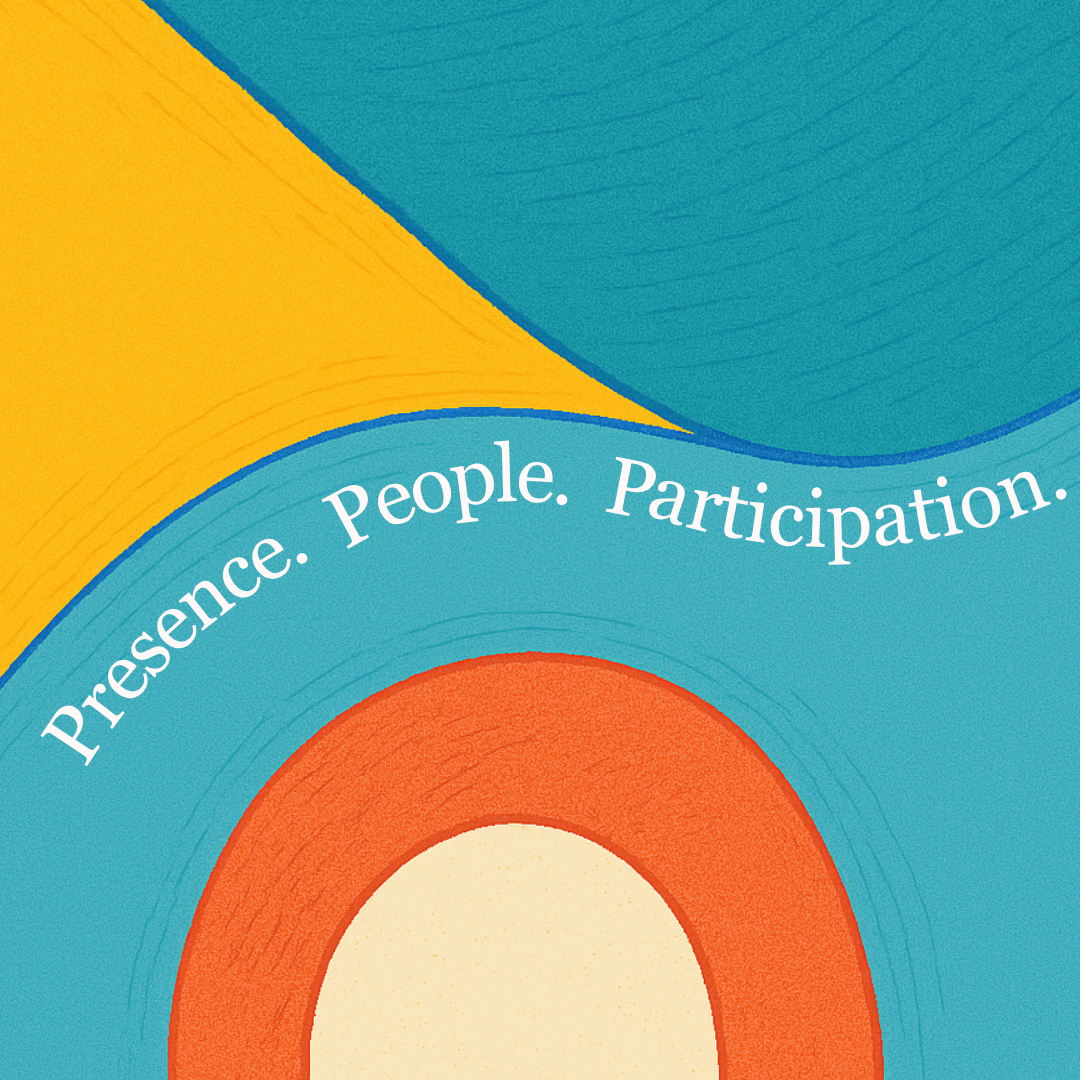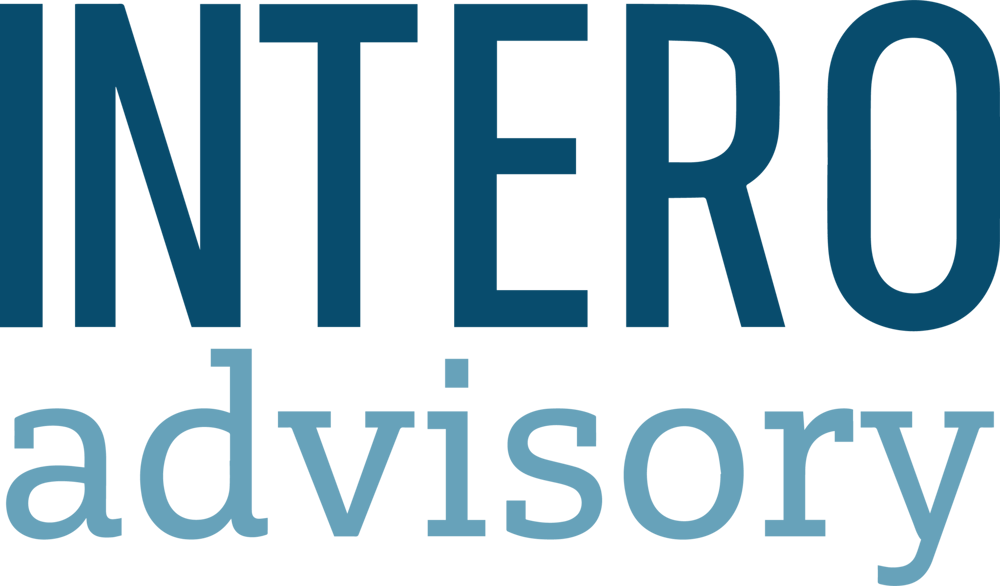Most association professionals in the more than 86,000 professional associations in the U.S. face the same LinkedIn challenge: how do you maintain a professional presence that engages members and attracts sponsors without overwhelming already-committed staff and volunteer boards? How do you crack the code on using LinkedIn strategically to engage, nurture, and attract members, donors, sponsors, volunteers, and other key stakeholders?
What does strategic LinkedIn success actually look like in practice? I recently spoke with Justin Goldstein, Director of Corporate Relations at the Bill of Rights Institute, whose bold approach offers some surprising lessons. You can listen to our whole conversation here.
A Cross-Industry Approach That Pays Dividends
Justin's career spans three association roles: graphic arts trade associations, medical professionals, and now educational foundations. Rather than viewing these transitions as disconnected experiences, he's maintained relationships across all industries.
His philosophy: "You never turn down a business card and you never turn down an opportunity to meet someone, no matter what the industry is."
When the Bill of Rights Institute faced a funding challenge to distribute free pocket constitutions, a core educational resource, Justin had an idea. What if he reached out to his network from the printing industry?
The result: 123,000 pocket constitutions donated for free, serving 1,200 classrooms nationwide.
"I keep in touch with people, comment on their statuses, keep the relationships warm just because you never know," Justin explains.
This approach highlights something many of us overlook: our diverse career experiences create networking advantages that compound over time, especially when we intentionally maintain those connections.
The Ripple Effect: Individual Excellence Driving Organizational Change
What's particularly interesting about Justin's story is how his individual LinkedIn expertise influenced his entire organization's digital strategy.
The transformation unfolded like this:
Before:
- LinkedIn was managed exclusively by the marketing and social media team
- No company-wide LinkedIn strategy existed
- Leadership viewed the platform as "nice to have"
After demonstrating measurable results:
- Justin became an admin of the organization's LinkedIn page (unprecedented at his previous associations)
- Company page followers nearly doubled in one year
- LinkedIn became an integral part of all sponsorship packages
- The organization implemented company-wide content-sharing guidelines
- Leadership approved and expanded LinkedIn Premium access (Justin uses LinkedIn Sales Navigator and they have a Premium version of their company Page)
"Even though they have a social media manager, they made me an admin of the LinkedIn page, which has never happened at my previous two associations," Justin notes.
This shift illustrates what's possible when individual expertise meets organizational support. It also demonstrates the 80/15/5 competency model in action:
- The 5% (Champions like Justin): Deep platform expertise that drives measurable results
- The 15% (Leadership): Recognition of value and strategic support
- The 80% (All staff): Participation in amplifying efforts through consistent sharing
Strategic Engagement That Creates Opportunities
Justin's approach to LinkedIn goes beyond casual networking. He employs what he calls "strategic commenting" to foster relationships and increase visibility.
"For people I don't know, I comment on their posts because it's like an advertisement. You're tagging yourself there. Nine times out of 10, they will never delete what you put on there, as long as it's nice and professional."
This strategy has generated direct business opportunities. "People I had no business talking with have reached out to me, saying, 'Hey, I saw your post on my company page. I'm the person who handles marketing.'"
The key insight here is that effective LinkedIn use requires intentional relationship-building strategies, not just occasional posting or passive consumption.
What This Means for Your Association
Justin's experience suggests several actionable approaches:
Consider the long-term value of cross-industry relationships. Association professionals often work across different sectors throughout their careers. Maintaining these connections can create unexpected opportunities for your current organization.
Look for your platform champions. Rather than expecting marketing teams to become LinkedIn experts or asking volunteer boards to add social media to their responsibilities, identify who on your team already understands strategic platform use.
Support individual expertise. When someone demonstrates platform competency, consider how to amplify their efforts organizationally rather than constraining them to traditional role boundaries.
Think systematically about network intelligence. The relationships your team members have built over their careers represent organizational assets when used strategically.
Building Sustainable Capabilities
The most compelling aspect of Justin's story isn't just the individual success; it's how that expertise became embedded in organizational processes and culture.
"It's all about keeping your LinkedIn network warm," he reflects, "because you never know. You might have worked in the financial industry and you're out of it, but maybe one of your contacts knows Wells Fargo, which may want to sponsor."
This perspective, viewing professional networks as strategic assets that can serve organizational goals, represents a shift many associations could benefit from exploring.
For associations looking to enhance their digital presence and relationship-building capabilities, Justin's experience offers a practical framework: identify individuals who understand platform strategy, support their efforts, and create systems that allow their expertise to benefit the broader organization.
The results speak for themselves: enhanced visibility, stronger sponsor relationships, and more effective member engagement, all of which emerge from recognizing and empowering the expertise that already exists within your team.
Justin’s story reminds us that transformational impact rarely begins with sweeping initiatives. It starts with one professional who sees LinkedIn not as a platform, but as a catalyst for connection, learning, and organizational growth.



